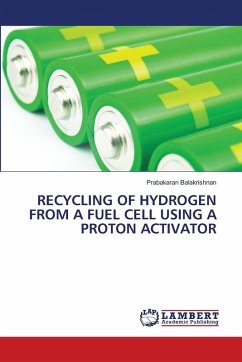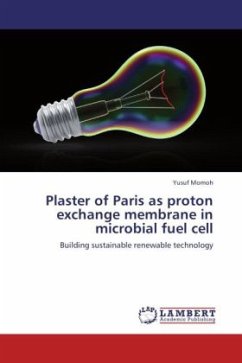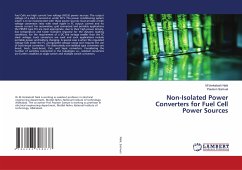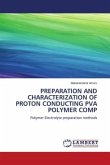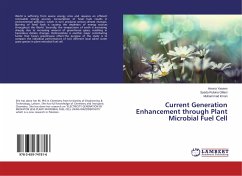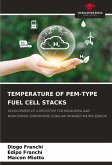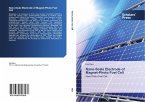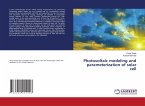Instead of sending the oxygen in the cathode side, hydrogenase, a proton activator is sent. The positive hydrogen ions, once reaching the cathode, are reunited with the electrons and forms hydrogen using the proton activator hydrogenase. This hydrogen can be further utilized by redirecting it to the inlet as a fuel, so that the hydrogen need not be wasted by forming water. Forming hydrogen using the proton activator hydrogenase from the hydrogen ions and electrons are one of the steps of a method called Biophotolysis.
Bitte wählen Sie Ihr Anliegen aus.
Rechnungen
Retourenschein anfordern
Bestellstatus
Storno

